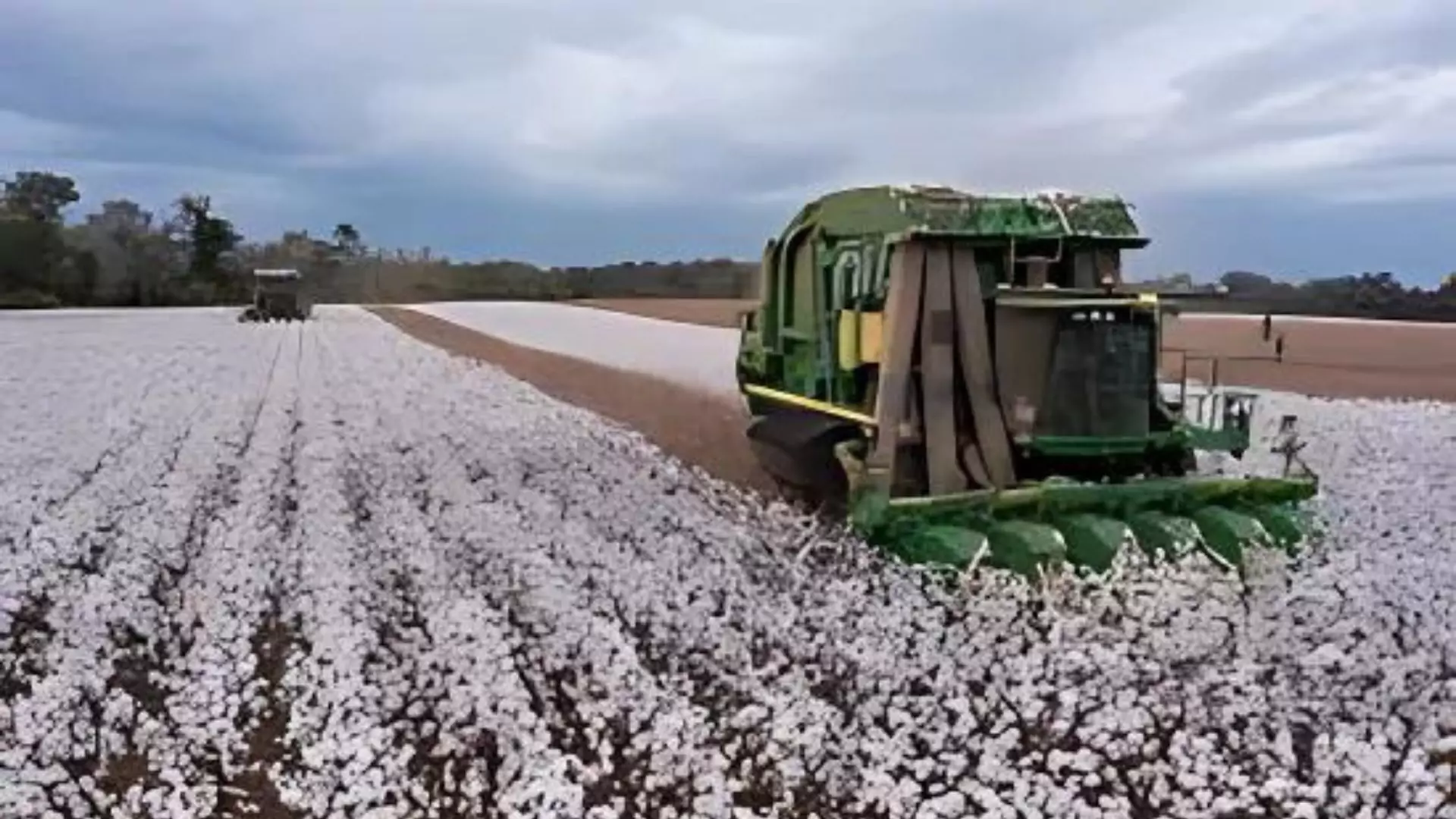Cotton farmers in the southeastern United States are grappling with devastating losses after Hurricane Helene tore through Georgia, the Carolinas, and Florida, leaving a trail of destruction. The storm, which killed over 100 people and continues to be assessed for its full impact, struck cotton-producing areas just as the harvest was about to begin, adding another blow to an already struggling industry.
According to industry experts, the damage could result in the loss of between 400,000 to 800,000 bales of cotton, or up to 5.5% of this season’s total U.S. production, based on estimates from the U.S. Department of Agriculture (USDA). Peter Egli, an independent consultant to the cotton industry, said it will take at least four to six weeks to gain more clarity on the extent of the damage.
Cotton at Its Most Vulnerable Stage
Hurricane Helene’s timing was particularly damaging because the storm hit when cotton bolls — the protective cases around the seeds and lint — were open and exposed to the elements. This left much of the crop susceptible to being blown off the plant and onto the ground.
“The highest yield and highest-quality cotton is produced in that lower part of the plant — and that’s what’s going to be most vulnerable to a storm like this,” said Camp Hand, an assistant professor at the University of Georgia who is working closely with farmers to assess the damage. “Most of that stuff is on the ground now.”
While some cotton higher on the plants may survive, it’s likely to be of lower quality and yield, according to Hand.
Worst-Hit Areas and Potential Losses
Eastern Georgia appears to be among the hardest-hit areas, with some farmers reporting total crop losses. Others in the region expect production to be down by 30% to 50%. In severely affected fields, it may not be feasible to harvest the crop at all, as operating heavy machinery in sparse fields could damage equipment, Hand noted.
For cotton farmers, already facing a difficult year, the hurricane adds to financial pressures. The USDA had forecast a 24% decline in cash receipts for 2024, driven by lower cotton prices and sales volumes. Wayne Boseman, president of the Carolinas Cotton Growers Cooperative, warned that growers are facing “huge losses,” and that the possibility of bankruptcies looms large. Wet weather following the storm could exacerbate the problem by causing bolls to rot before they can be harvested.
Calls for Federal Assistance
In response to the mounting crisis, a bipartisan group of legislators has called on Congress to make federal assistance available to cotton growers as quickly as possible. Their letter, sent Monday, stressed the need for urgent action to “prevent deep and lasting economic damage to the agricultural industry” in the Southeast.
The USDA reported that as of the week ending September 29, only a third of Georgia’s cotton crop and half of North Carolina’s were rated as good or excellent — a sharp drop of 26% from the prior week. The impact was also felt in Tennessee and Arkansas, where crop conditions deteriorated.
John Stephens, acting staff director of public affairs at the USDA’s National Agricultural Statistics Service, stated that while early data indicates a substantial adverse effect from Hurricane Helene, the full impact is difficult to quantify at this stage. A more detailed report is expected on October 11, but Stephens cautioned that it may take months to fully understand the storm’s effect on the national cotton harvest.
Harvest Delays and Economic Impact
In addition to crop losses, farmers are facing significant delays in harvesting. Road closures and waterlogged fields have made it difficult to move equipment, and Egli estimated that it could be at least two weeks before machinery can get back into the fields. Harvesting in Mississippi could be delayed by about 10 days, while Georgia and Alabama may face even longer halts, according to Walter Kunisch, a senior commodities strategist at Hilltop Securities Inc.
While the national cotton harvest had initially been off to a promising start, the delays in key growing regions could hinder overall progress.
Potential for Recovery
Despite the extensive damage, there remains some hope for recovery if weather conditions improve. Louis Barbera, managing partner at VLM Commodities, pointed out that cotton is a resilient crop, though it will need dry, sunny conditions to recover.
“Cotton is very resilient, but this time of year it needs the sun to bleach the fiber and dry it,” Barbera explained. “Cotton can and usually does come back, but as they say, sunlight is the best disinfectant.”
However, the market is already feeling the pressure. Cotton futures in New York dropped on Tuesday after climbing more than 1% in the previous session, reflecting concerns over the crop’s outlook.























